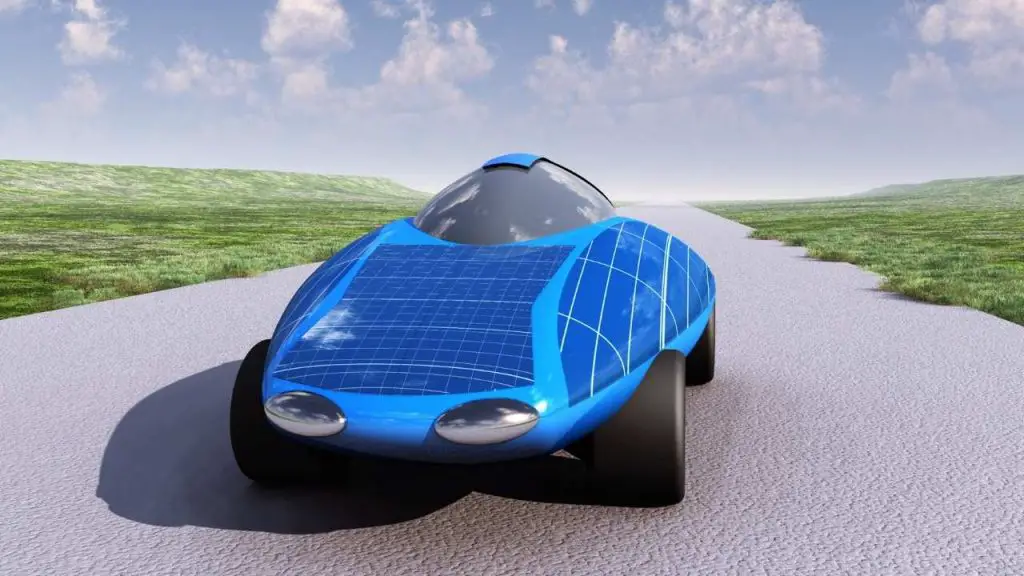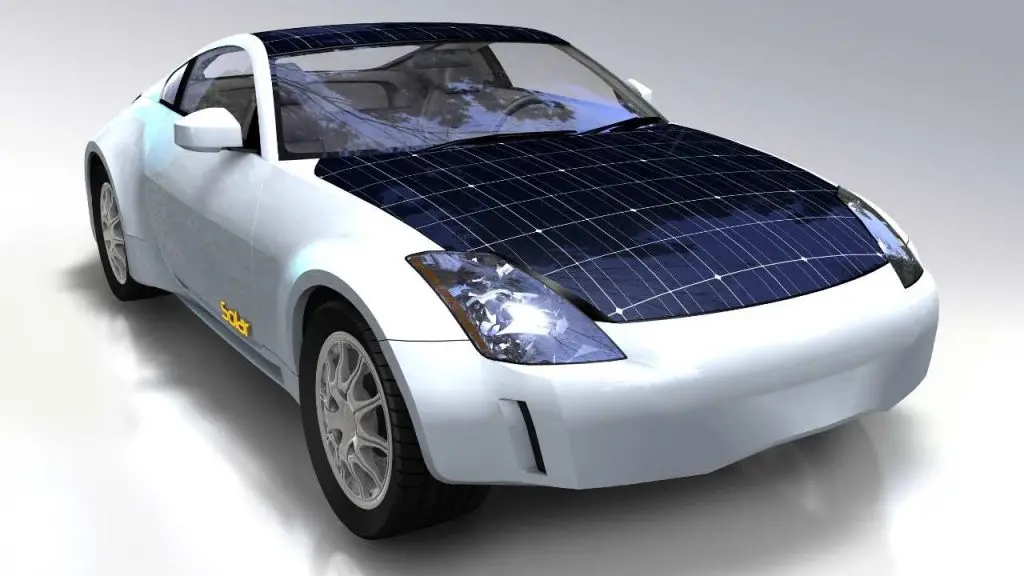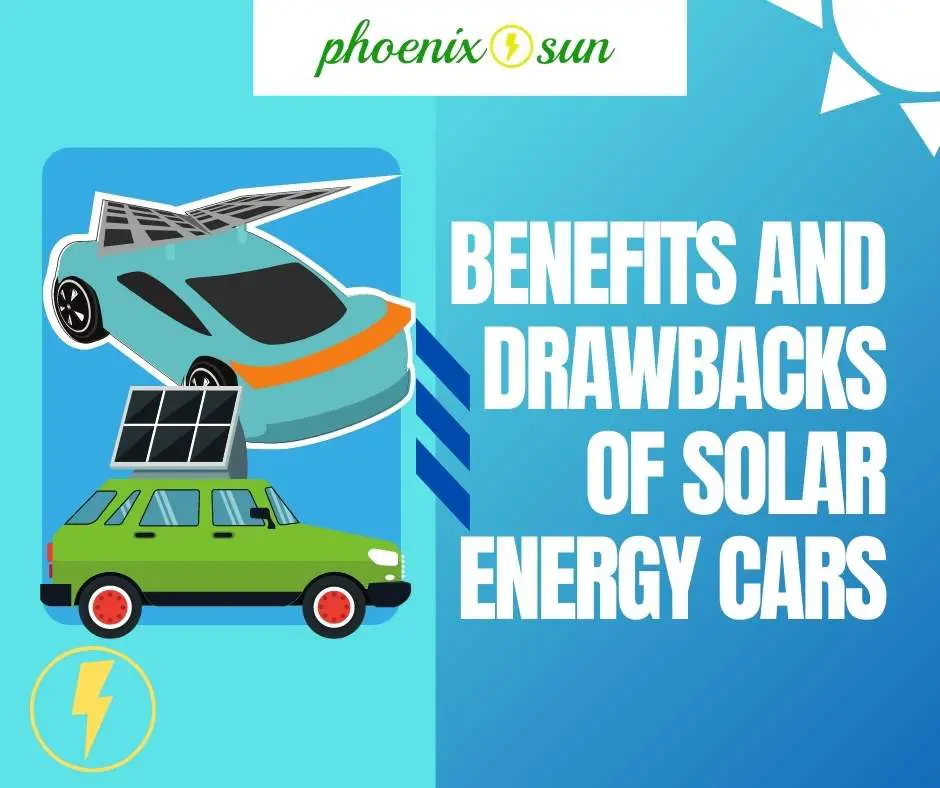We live in a world where technology is being developed each day, and investors are trying their best to make sure that they come up with the best invention in human history.
The first time a solar-powered car was introduced to the world, people had gotten tired of the hassle of gas and electric vehicles.
The inventors of the solar-powered vehicle wowed the entire world. Solar-powered cars are attractive and better, especially for those who want to conserve the ecosystem from harmful chemicals emitted from gasoline and dangerous oils.
The inventors of solar-powered vehicles are trying to make the car very friendly to both the environment and humans.
Solar-powered vehicles have not yet been confirmed to be a means of transportation, unlike solar-powered boats, widely used commercially.
That means solar-powered vehicles are only produced for engineering exercises and government agencies, mainly fundraising and such projects.
The same way a house powered with solar panels operates is the same way solar-powered vehicles do.
The vehicle’s body is made with photovoltaic cells with semiconductors that convert solar energy into electricity that the electric motor can use.
There are two ways solar-powered vehicles use the solar energy captured by the solar panel.
Some electric motors use the electricity generated directly, and others use it to power their batteries and use the batteries to operate the motor car. You might have asked yourself questions like, do solar-powered vehicles operate at night?
The answer to your question is yes. Solar-powered vehicles can work well at night. The energy gotten from the sun is stored in batteries, which will be used later to power the vehicle even when the conditions are not favorable.
This article will be looking at the advantages of using solar-powered vehicles and some of their drawbacks.
We will try to understand why some investors have decided to put in a lot of money to produce the best solar-powered vehicles in the world. Let us go straight to the advantages.
6 Benefits of Solar Energy Cars

1. Modern Technology
You never imagined a solar car, did you? But it will become reality soon. Many manufacturers are researching the solution for a solar can, and we are almost there.
Solar energy is not so new in the world, but when it comes to solar cars, that is a huge jump in terms of car development. We do not rely on the earth’s energy source anymore. We use green energy called “solar power.”
Do you agree with me that the car above looks awesome? Yes. I really am, and if you are invited to the “on-road” demo of any solar car, you will be more impressed.
2. No more Gas to the environment

Solar-powered vehicles have electric motors, and that is how they can convert solar energy into electrical energy with the help of photovoltaic cells.
That means that they can operate without emitting any gases into the atmosphere. Environmental enthusiasts will always like the idea of solar-powered vehicles because it does not pollute the air.
Sunlight is obtained for free, and it is a form of renewable energy compared to fossil gases, which has destroyed our atmosphere. Solar energy cannot pollute the environment, and the only way it does is during the production of panels or the transportation process. But that kind of pollution is never that serious, and once everything is set and installed, there will be no pollution.
3. Natural Resources Saving
Solar power tends to consume resources and energy during production, but no extra energy or inputs are required to operate once the production is done.
They do not depend on petroleum and oils significantly. Let us say oil is only needed during lubrication of the wheels and some parts.
Most parts included in a solar-powered vehicle do not need a lot of maintenance compared to gas-powered vehicles.
Therefore, once we shift to using solar-powered vehicles, we can save many resources as such cars do not need fuel, gas, or maintenance resources.
4. No Energy cost
With the recent developments in technology, solar panels are starting to drop their prices, making them readily available and cheaper.
Another advantage of solar panels is that they are long-lasting, and one panel can operate for approximately 30 years.
That is an exceedingly long time compared to ordinary vehicles that use fuel. You will no longer need to worry about fuel, diesel, and gas costs anymore.
Solar-powered vehicles come with solar panels that allow us free sunlight to charge, and once your car is fully charged, you will drive off without spending a dollar on fuel.
You will only spend a few dollars by charging the solar batteries using a power outlet.
Since solar energy is free and renewable, you will find yourself saving a lot of dollars when you drive one of these cars.
5. Solar Powered Vehicles Are Barebones
The only use of solar-powered vehicles today is racing.
They are designed in a way that they have a low wind resistance ability. The solar-powered vehicles are flat and have room only for the drivers.
Things like wipers, rear motors, and headlights are never included when designing these cars. Their whole body is made with photovoltaic cells, enabling them to capture a lot of sunlight during the day.
Getting into high speeds can also become a severe problem, and that is because they have a horsepower of 9.4, and their motors are meant to operate at 7 kilowatts. That will only leave the idea of speed to the carmakers, but solar-powered vehicles are still reliable for movement.
6. Technology of Future
Ever since the first solar-powered car was invented, investors have realized that solar energy is the way to go.
They need to develop a sophisticated technology that will use solar energy to operate.
That means that everyday investors are trying to figure out how to improve solar vehicles’ performance and power so that we can drive freely using solar energy in the future.
Technology is developing every day, and one day we will be able to drive solar-powered vehicles commercially.
I cannot wait for that day!
5 Drawbacks of Solar Energy Cars

We cannot finish this topic without looking at some of the disadvantages of a solar-powered vehicle.
Of course, anything good has its negative side, and that is what we will look at next. Let us go straight to our first disadvantage.
1. High Initial Cost
Everything is too “expensive” when it comes to solar.
You will need a lot of new things to have the actual solar car. Have you ever heard about inverters, batteries, wires,… for a solar system? If yes, you might know that all of those will be very costly.
And
For solar cars, the same cost will apply to them.
Over the years, manufacturers will undoubtedly reduce the solar car’s initial cost, but that is the future story. And now, if they actually release any solar car model, there would be a very high price for it.
2. Modest Available Power & Solar Panels Take Too Much Space
Solar-powered vehicles have a modest way of utilizing sunlight. Sunlight usually hits the earth at 1000 watts per square meter.
When you convert that solar energy into electricity, it can produce around 200watts of electricity per square meter.
That gives you an efficiency of 20%. That means that the amount of solar that hits your solar panel is approximately 2 kilowatts per square meter.
Most of the motors available today are rated 200Kw, 50 times more than a regular solar panel. That means they can produce more kilowatts on their own.
So, you need to get a solar battery that you will use to store the electricity generated from your solar panel for some days before using your solar-powered vehicle.
3. Weather Dependent
Solar-powered vehicles need direct sunlight, and when sunlight is not available, there will be a slight problem.
The solar panels used to make the vehicle need direct sunlight, and when it is raining, the efficiency of such vehicles will be lower.
Solar panels do not work with moonlight.
So, the manufacturers are coming up with new ideas to enable the solar-powered vehicle to operate still even when the conditions are not favorable.
They have introduced solar batteries, which save the energy collected from the sun.
4. Storing Energy Solution Is A Question Mark
The number one reason solar-powered vehicles can move is that they use energy. That energy needs to be stored in solar batteries, which might be hard when there is no sun for some days.
The batteries are only charged during the day when there is sufficient sunlight.
The energy can be used at night, and if you do not store sufficient energy, you might be in serious problems. The batteries themselves are not cheap, considering they are only built for such cars.
5. Manufacturing Causes Pollution
During the manufacturing process, harmful materials are always used, causing harm to the atmosphere.
Transporting those parts to and from the factory will pollute the ozone layer.
But you can never compare the amount of pollution caused by solar production to fuel-powered cars. They are significantly worse when it comes to air pollution.
Final Thoughts
Now that we have seen the benefits and disadvantages of solar-powered vehicles, we hope that there will be a greater improvement to reduce the drawbacks in the future.
We looked at the benefits, including free and renewable, no fuel costs, higher maintenance cost, no pollution, and many other advantages.
We also looked at some disadvantages, how the first solar challenge race was conducted, and what transpired. We saw how Vivianne and Stewart won their race with 67km/h.
With all that history, we hope that the future will bring out the best when it comes to solar-powered vehicles.
